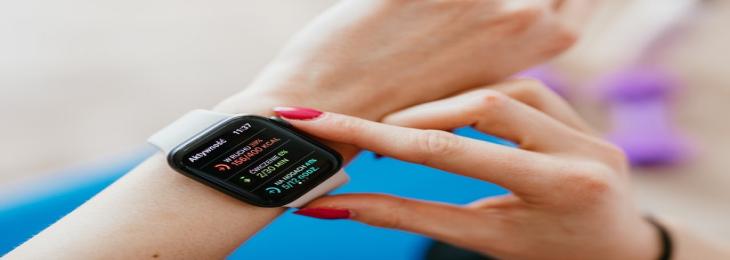Nov, 2021 - By WMR

The study's goal is to engage a wide group of volunteers of various ages, ethnicities, races, and underlying health issues.
Generally, researchers in the health and wellbeing sector have depended on people to submit their personal health information, such as exercise levels, pulse rate, or blood pressure, at brief intervals in time. Wearable health gadgets, such as the renowned Apple Watch, have altered the game by surfacing valuable data that can provide clinicians with a full picture of everyday life and the consequent health and disease. The study's major achievement, according to Golbus, is its ability to hire from populations that have traditionally been overlooked or unrepresented in digital health research. For example, 18% of the around 6,700 volunteers were of age 65 years and above, 17% were Asian, and 17% were black. One-tenth of the participants had diabetes, and one-third had hypertension. More than a quarter of those surveyed said they were depressed. Summary data from the MIPACT study are available through an internet-based research tool built by the project's scientists.
The study's first 90 days are examined in the report, which covers blood pressure, heart rate, and activity data gathered with the iPhone or Apple Watch, as well as blood pressure measures collected from the Omron wireless blood pressure cuff. Volunteers used their Apple Watch for an average of 15.5 hours each day on over 90% of the session. Through study devices, around 200 million heart rate records and around 1.1 million blood pressure records were recorded in total.
Participants of age 65 years and above had considerably lower resting and walking heart rates, while females had 3 beats per minute higher resting pulse levels than males. When volunteers were divided into two groups based on their self-declared race, blacks had the highest heart rates and whites had the lowest. Activity levels differed according to ethnicity and race, as well as the occurrence of certain clinical disorders. The study also showed a substantial difference in levels of activity as estimated by the watch and smartphone, with the latter underestimating step counts. The data could potentially provide an unanticipated opportunity to explore the impact of the COVID-19 pandemic.

We will be happy to help you find what you need. Please call us or write to us: